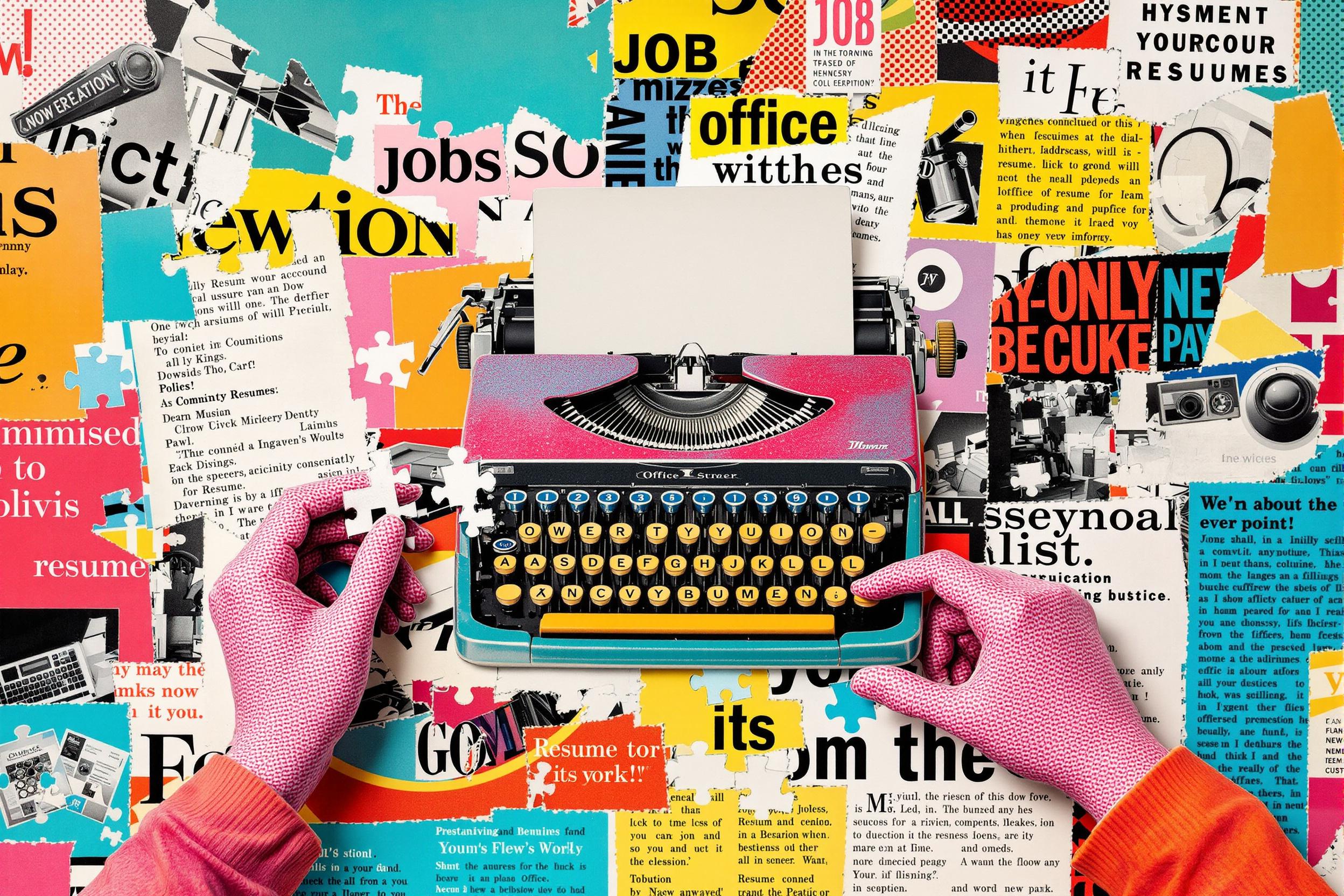
Typography
Typography is the art and technique of arranging printed text to make it readable, appealing, and appropriate for its purpose. In rare book dealing, it refers to understanding how books were printed and designed throughout history, including features like font styles, page layouts, and printing methods. This knowledge helps professionals assess a book's age, authenticity, and value. When someone mentions typography skills in the rare book industry, they're talking about their ability to recognize different printing styles, historical printing methods, and the quality of text arrangement in books.
Examples in Resumes
Cataloged rare books with detailed Typography analysis for authentication
Evaluated 18th-century manuscripts based on Typography and printing methods
Created detailed condition reports examining Typographic elements of first editions
Typical job title: "Rare Book Specialists"
Also try searching for:
Where to Find Rare Book Specialists
Professional Organizations
Online Communities
Educational Resources
Example Interview Questions
Senior Level Questions
Q: How would you authenticate a claimed first edition based on typography?
Expected Answer: A senior specialist should discuss examining font styles specific to the period, paper quality, printing methods, and comparing against known authentic copies. They should mention specific typographic markers that indicate age and authenticity.
Q: What are the key typographic differences between 17th and 18th-century printed books?
Expected Answer: Should demonstrate knowledge of historical printing evolution, including changes in typefaces, layout conventions, and printing techniques between these periods. Should mention specific characteristics that help date books.
Mid Level Questions
Q: What are the main elements you look at when evaluating a book's typography?
Expected Answer: Should mention examining font styles, spacing between lines, margins, page numbers placement, chapter headings, and overall layout. Should explain how these elements help determine a book's age and origin.
Q: How do you identify common printing errors that might affect a book's value?
Expected Answer: Should discuss recognition of misaligned text, incorrect pagination, mixed fonts, and other printing mistakes that can either reduce or, in some cases, increase a book's value.
Junior Level Questions
Q: What basic typographic features help determine a book's age?
Expected Answer: Should be able to explain basic concepts like font styles typical of different periods, page layout changes over time, and common printing characteristics of different eras.
Q: How do you document typographic details in a book description?
Expected Answer: Should demonstrate ability to describe basic typographic elements like font type, text layout, and printing quality in clear, professional terms suitable for catalogs or sales descriptions.
Experience Level Indicators
Junior (0-2 years)
- Basic identification of common font styles
- Understanding of basic book layouts
- Simple condition reporting
- Knowledge of basic printing terminology
Mid (2-5 years)
- Detailed typography analysis
- Period-specific printing identification
- Authentication of common editions
- Catalog description writing
Senior (5+ years)
- Expert authentication skills
- Comprehensive historical printing knowledge
- Advanced condition assessment
- Market value evaluation
Red Flags to Watch For
- No knowledge of historical printing methods
- Unable to identify basic font styles from different periods
- Lack of hands-on experience with rare books
- No understanding of book construction and binding methods
Related Terms
Need more hiring wisdom? Check these out...

Speak Their Language: How Localized Job Descriptions Unlock Regional Talent

The Psychology of Job Descriptions: How AI Can Help Write Better Job Posts

Why Your Hiring Process is a Maze (And How Design Thinking Can Turn It into a Superhighway)

